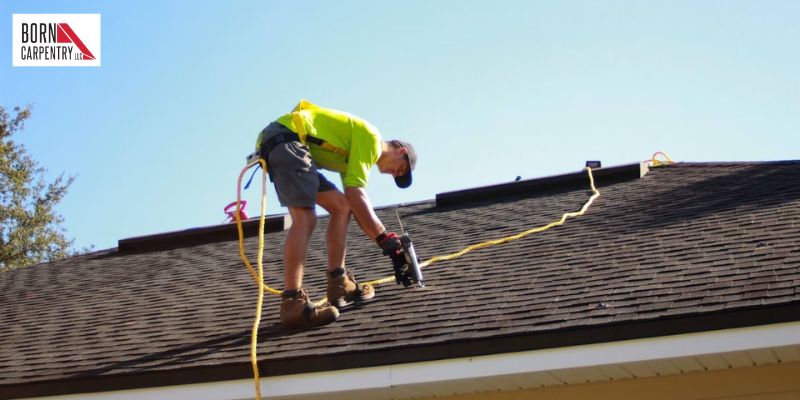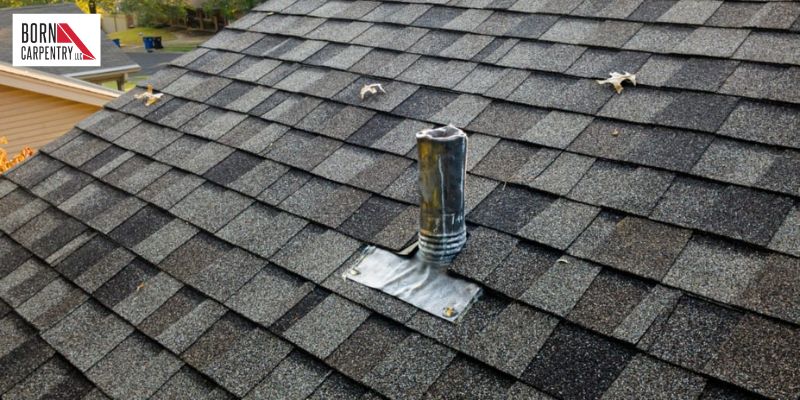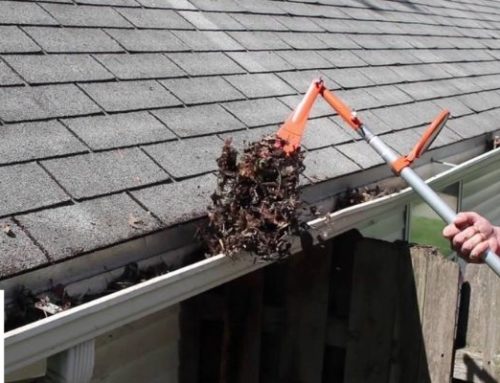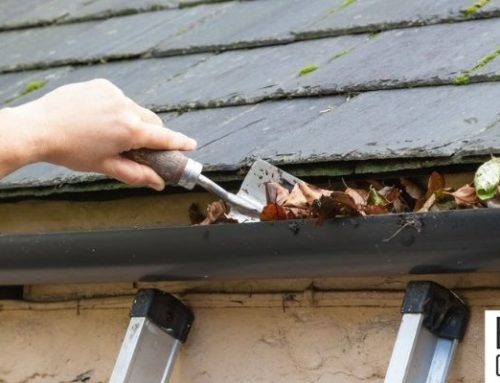Water damage can cause significant issues in a home, leading to structural damage, mold growth and costly repairs. Fortunately, there are preventive measures you can take to minimize the risk of water damage.
Here is a comprehensive checklist to ensure that your home is well-protected against water-related issues…
#1 Inspect & Maintain Your Roof

Regularly inspect your roof for any signs of damage, such as missing or damaged shingles, cracks or leaks. Clear away debris, such as leaves and branches, from your roof to prevent water buildup and potential damage. Ensure that the gutters and downspouts are clear and free-flowing to channel water away from the roof.
#2 Check Your Plumbing System

Inspect your pipes for leaks, corrosion or any signs of damage. Promptly repair any issues you discover. Pay attention to unusual sounds or changes in water pressure, as they may indicate a plumbing problem. Insulate exposed pipes, especially in colder climates, to prevent freezing and potential pipe bursts. Know the location of your main water shut-off valve and how to quickly turn off the water in case of an emergency.
#3 Maintain Your Gutters & Downspouts
Clean your gutters regularly to remove leaves, debris and other obstructions that can cause water backup. Ensure that the downspouts are directed away from the foundation of your home to prevent water pooling and seepage.
#4 Install Gutter Guards
Consider installing gutter guards to prevent debris from clogging your gutters, allowing for proper water flow.
#5 Grade Your Landscape Appropriately
Ensure that the ground around your home is properly graded away from the foundation. This helps to prevent water from pooling near the foundation walls.
#6 Maintain Proper Drainage
Regularly check and clean your exterior drainage systems, such as French drains or sump pumps, to ensure they are functioning effectively.
Ensure that the soil around your foundation is properly sloped to encourage water to flow away from your home.
#7 Install A Water Leak Detection System
Consider installing a water leak detection system, which can alert you to potential leaks or water issues in your home, allowing for early intervention.
#8 Inspect Your Appliances
Regularly inspect appliances such as washing machines, dishwashers and refrigerators for any signs of leaks or water damage. Check the hoses and connections for these appliances and replace them if they show signs of wear or damage.
#9 Maintain Your Sump Pump
If you have a sump pump, ensure that it is properly maintained and tested regularly to ensure its functionality during heavy rains or flooding.
#10 Be Mindful Of Basement & Crawl Space Waterproofing
If you have a basement or crawl space, consider implementing waterproofing measures such as sealing cracks, installing a sump pump or using a dehumidifier to prevent water damage and moisture buildup.
#11 Educate Your Household Members
Teach everyone in your household about water damage prevention and what to do in case of a water-related emergency.
#12 Install A Backwater Valve
Consider installing a backwater valve in your basement or the lowest level of the home. This valve helps prevent sewage backup into your home during heavy rains or sewer system overload.
#13 Seal Windows & Doors
Check the seals around your windows and doors to ensure they are tight and free from cracks or gaps. Proper sealing helps prevent water intrusion during storms or heavy rainfall.
#14 Maintain Outdoor Drains
Regularly inspect and clean outdoor drains, such as driveway drains and yard drains, to prevent blockages and ensure efficient water drainage.
#15 Install A Water Alarm System
Consider installing water alarm systems in areas prone to water damage, such as basements and laundry rooms. These alarms can alert you to potential leaks or flooding, allowing for immediate action.
#16 Monitor Water Bills
Keep an eye on your water bills for any unexpected increases. A sudden rise in water consumption could indicate a hidden leak that needs to be addressed promptly.
#17 Test & Maintain Sprinkler Systems
If you have a sprinkler system, ensure it is regularly inspected, tested and properly maintained to prevent malfunctioning or water waste that could lead to water damage.
#18 Keep Tree Roots In Check
Tree roots can infiltrate underground pipes, causing blockages and leaks. Regularly inspect and trim tree roots near your plumbing lines to prevent potential damage.
#19 Install Flood Sensors
Consider installing flood sensors in areas prone to water damage, such as basements or laundry rooms. These sensors can detect rising water levels and send alerts to your smartphone or home security system.
#20 Maintain Landscaping
Ensure that your landscaping features, such as flower beds and gardens, are designed to direct water away from your home rather than toward it. Properly planned landscaping helps prevent water pooling near the foundation.
#21 Waterproof Exterior Walls
Apply waterproof coatings or sealants to the exterior walls of your home to provide an additional barrier against water intrusion during heavy rains.
Summary:
By following this water damage prevention checklist, you can proactively protect your home and minimize the risk of water damage. Regular maintenance, inspections and prompt repairs are key to maintaining a dry and secure living environment.






